Luxury Wedding Veils, bridal belts and wedding accessories
The Veni Infantino for Ronald Joyce Accessories collection offers the perfect finishing touches to compliment your wedding gown and complete your bridal look, leaving you feeling every inch the blushing bride and ready to walk down the aisle. Match your Veni Infantino for Ronald Joyce gown with a gorgeous veil and belt or add an overskirt or jacket to create two different looks and change your look from day to night. Our designer, Veni Infantino has created a whole host of removable sleeves and capes and ideal for personalisation of your wedding dress to suit any season. Our dazzling range of accessories can really take your wedding dress to the next level.
-
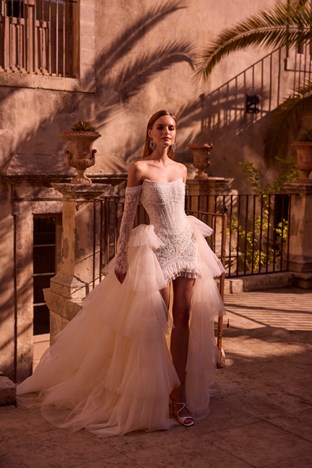
Overskirt
18809 -

Overskirt
18812 -
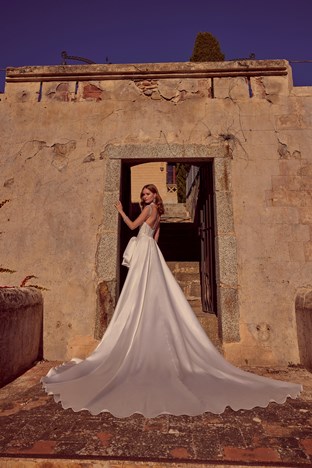
Overskirt
69953 -
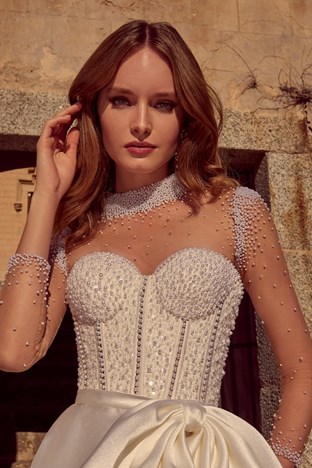
Bodice
69954 -
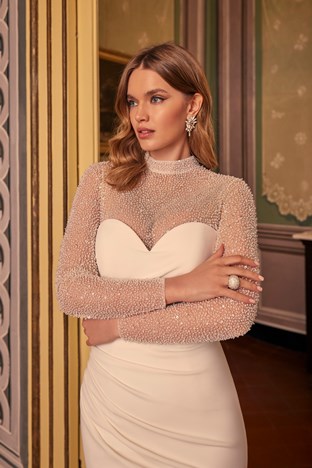
Bodice
69960 -
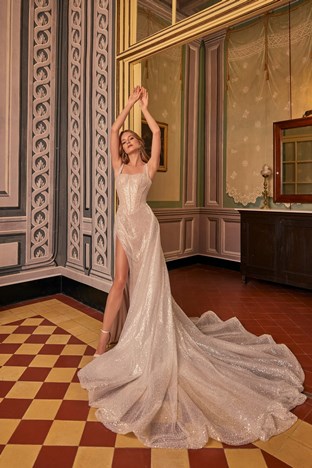
Train
69970 -
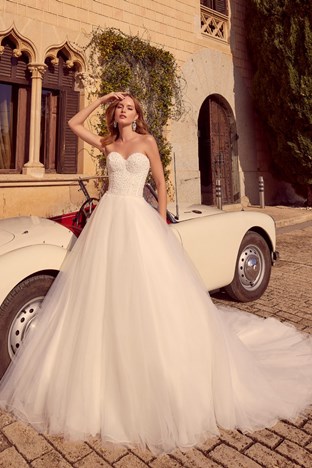
Overskirt
69972 -
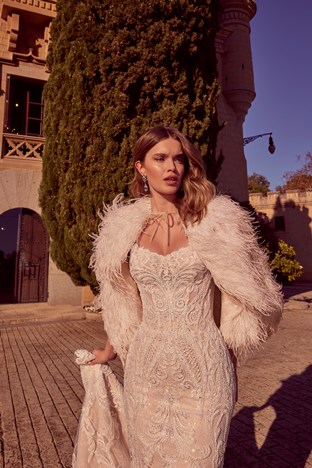
Cape
69974 -
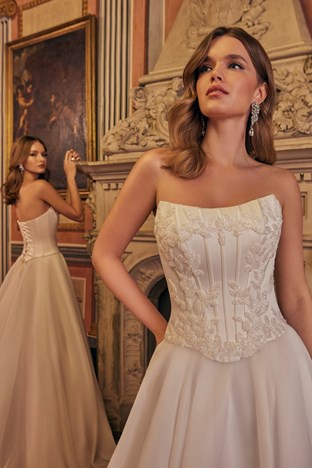
Zhen
69977 -
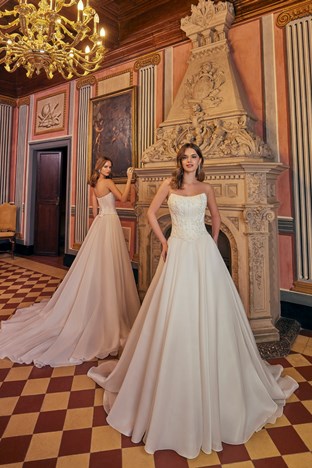
Zayda
69978 -
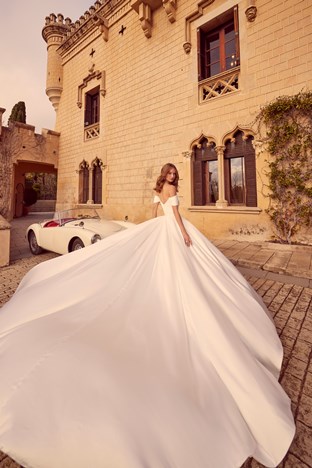
Overskirt
69980 -
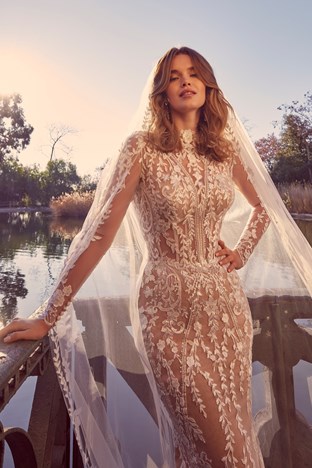
Veil
69985 -
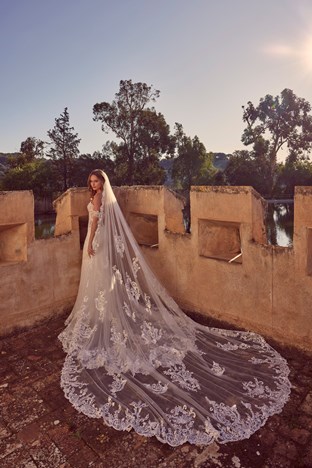
Veil
69986 -
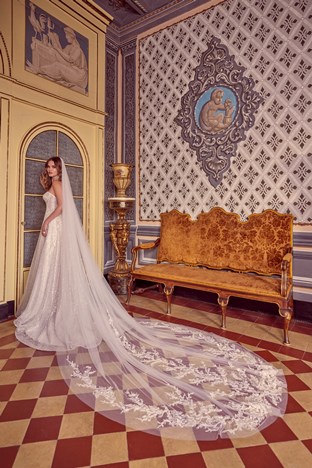
Veil
69987 -
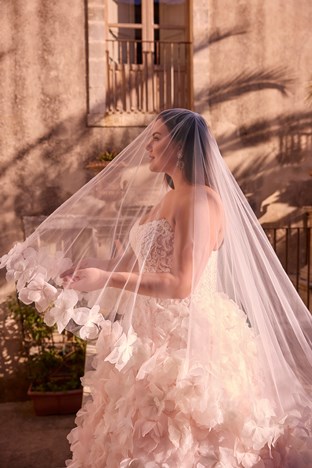
Veil
69988 -

Veil
69989 -

Veil
69990 -
.jpg)
Overskirt
69912 -
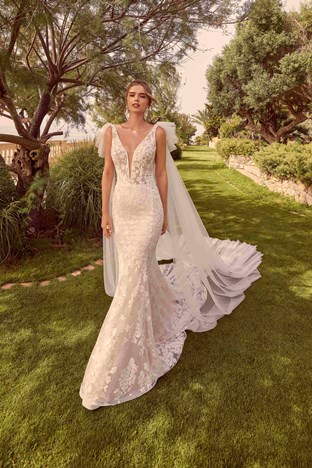
Shawl
69927 -
.jpg)
Veil
69934 -
.jpg)
Veil
69935 -
.jpg)
Veil
69936 -
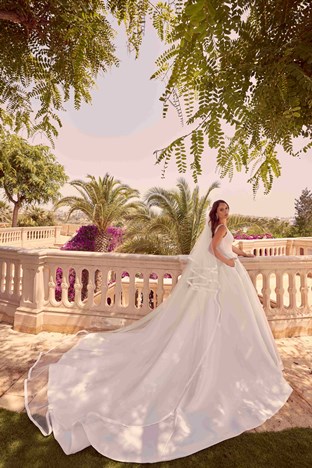
Veil
69937 -
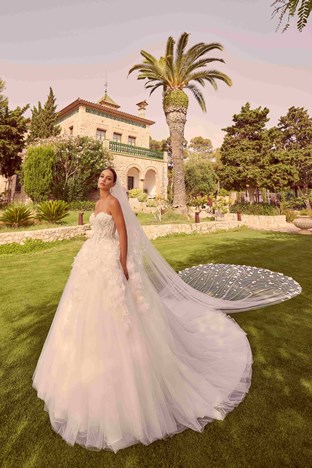
Veil
69938
The history of the veil
The bridal veil is a part of the brides’ outfit deeply rooted in tradition and symbolism. Dating as far back as Roman times, the veil was a thin piece of fabric used to hide a bride on her wedding day to ward off evil spirits and convey modesty. Superstition also plays it part here in that it is said to be bad luck if the bride and groom come face to face before the ceremony. As wedding unions became more religious the veil was also used to symbolize modesty in the eyes of God. The veil has also been used to convey wealth with the longer more elaborate veils indicating the brides’ social status. The veil is usually a light piece of sheer tulle fabric which compliments the bridal gown and can be decorated with lace, other fabrics, and beadwork to tie in with the rest of the bridal outfit.
Traditionally the father or the bride or the groom himself will lift the veil from covering the bride’s face to allow for the kissing of the bride, however this is falling out of fashion, and you do not have to cover your face if you do not wish you. Your ceremony officiator or maid of honour can also help with the veil at the ceremony.
The lengths of the veil
Veils come in many different lengths and the length you choose will depend on what suits your personal style and your wedding gown, you will also want to factor in your wedding setting and fashion trends of the moment. Current trends are for fingertip length gowns which sit just below the hip and chapel length which are floor-length, but you may come across other lengths such as shoulder length, elbow length, Waltz which has a waterfall effect down the back, or Cathedral length which extends along the floor behind you. Veil designs are getting more daring so you may also find short or birdcage veils which just cover the face, boho designs or veils embellished with slogans or your name.
How to wear a veil
When to take it off?
Veils are for the formalities of the wedding such as the ceremony and photos, but you will want to take it off as you make your entrance to the reception.
How to have your hair?
With a veil you can wear your hair up and down, any experienced bridal hairdresser will know exactly how to fit a veil and instruct you or your bridesmaids on how to quickly and easily remove it.
Wearing it with a hair accessory?
Veils can most certainly be worn with hair accessories such as sparkly clips, crowns, and flowers. Pinterest is a great place to look for bridal accessory ideas and how to wear a veil.
Lastly, check out these famous wedding veil wearers for inspiration… Kate Middleton, Priyanka Chopra and Grace Kelly.
